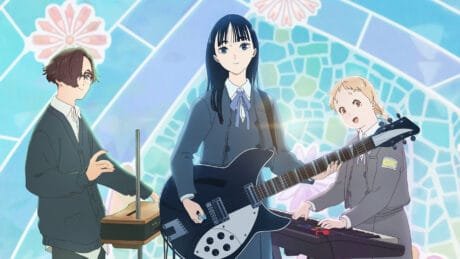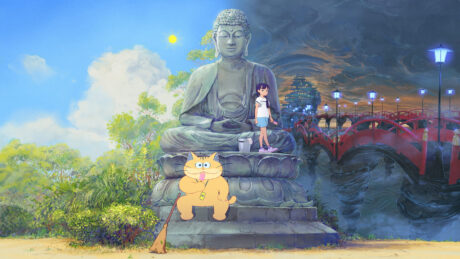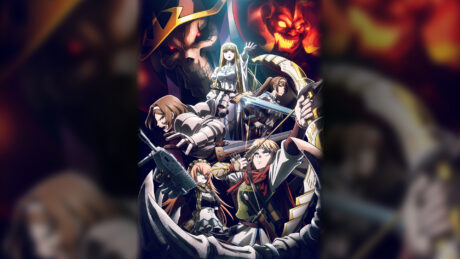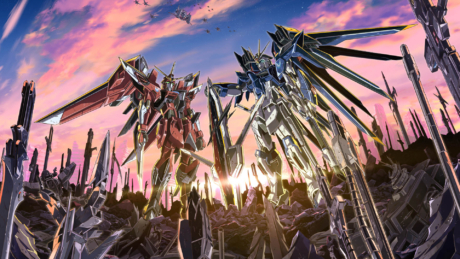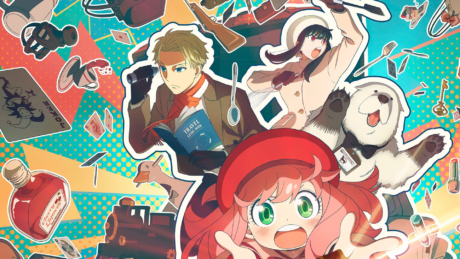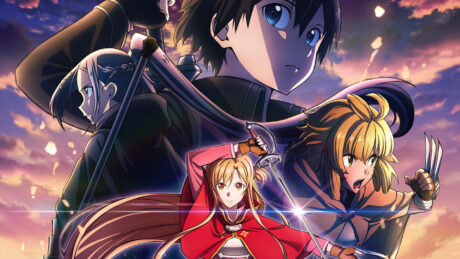Purrr....
- Frieza’s role
- Backstory additions
- Broly
- Animation
- Character designs
Hisss!
- Some scenes feel awkward
- Backstory length
Studio
Toei AnimationDirector
Tatsuya NagamineGenre
Action, Animation, FantasyRated
PGTheatrical Release Date (NA)
Jan 16, 2019Release Date (NA)
Apr 16, 2019Film Length
1h 40minDragon Ball Super: Broly marks the 20th film for the Dragon Ball franchise since 1986. The film’s opening day in the U.S. was impressive for an anime film. Opening as the #1 movie with 1,250 theaters and bringing in just over $7 million. The Broly film is already among the top three anime films in the U.S. and is one of the best Dragon Ball films today.
Those who are familiar with the Dragon Ball series will recognize the title character Broly. He first appeared in the 1993 film Dragon Ball Z: Broly – The Legendary Super Saiyan (Dragon Ball Z: Burn Up!! A Close Fight – A Violent Fight – A Super Fierce Fight in Japan). The popular character has also appeared in two additional movies and shown up in many Dragon Ball video games.
How It All Began
The movie begins on Planet Vegeta, the home of Broly and his fellow Saiyans. Fans of the Dragon Ball series already know the history of how it was ruled by King Vegeta and destroyed by Frieza, one of the biggest antagonists in the world of Dragon Ball. However, there are additional scenes such as Frieza taking over his father’s role and the meeting of Goku’s mother Gine. Those who have seen the special film about Goku’s father Bardock can throw away what you know about him. He does not possess the ability to see into the future. Instead, he’s given hunches regarding what is happening around him.
Before the planet’s destruction, Broly exiled from his home by King Vegeta. Because of the fear that Broly’s abnormal hidden power, it could one day make him a threat to every existence in the universe. With anger, Broly’s father Paragus takes action by stealing a nearby ship. Setting out to rescue his son from being killed on a dangerous, deserted planet. After these events, Frieza destroys Planet Vegeta and the movie fast forwards to the present.
The additions regarding Frieza taking over his father’s role ruling Planet Vegeta and the appearance of Goku’s mother are great to experience. That said, it takes a while to get through the backstory, feeling like a quarter of the movie was dedicated to it. That could have been trimmed down.

In the overall Dragon Ball timeline, the film takes place after the events of the Tournament of Power in the Dragon Ball Super television series. If you haven’t finished the series, you’ll want to be aware that (minor spoiler) Frieza is alive for the third time, thanks to his involvement.
In earlier films, Broly was known as a violent character who was obsessed with destroying Goku, the main protagonist of the Dragon Ball series. However, in the new film, Broly portrayed as a different type of character. A pure and innocent Saiyan who knows nothing about Goku.
With that innocence and purity of heart, Broly was taken advantage of by his father Paragus to take revenge on King Vegeta. Though, with the king gone, the king’s son Vegeta is the next best target to focus his anger on. Frieza takes advantage of their revenge and uses them to toy with Goku and Vegeta. Both happen to live on Earth. Not going into spoilers as to what he does and says but Frieza’s role is better than in the previous film, Dragon Ball Z: Resurrection of ‘F’.
Normally, for a Dragon Ball film, it’s all about Goku and Vegeta is just a supporting character. In this movie, however, both Goku and Vegeta play the support role. This reversal actually works quite well. Viewers already know who these two are and the film builds a story around Broly.
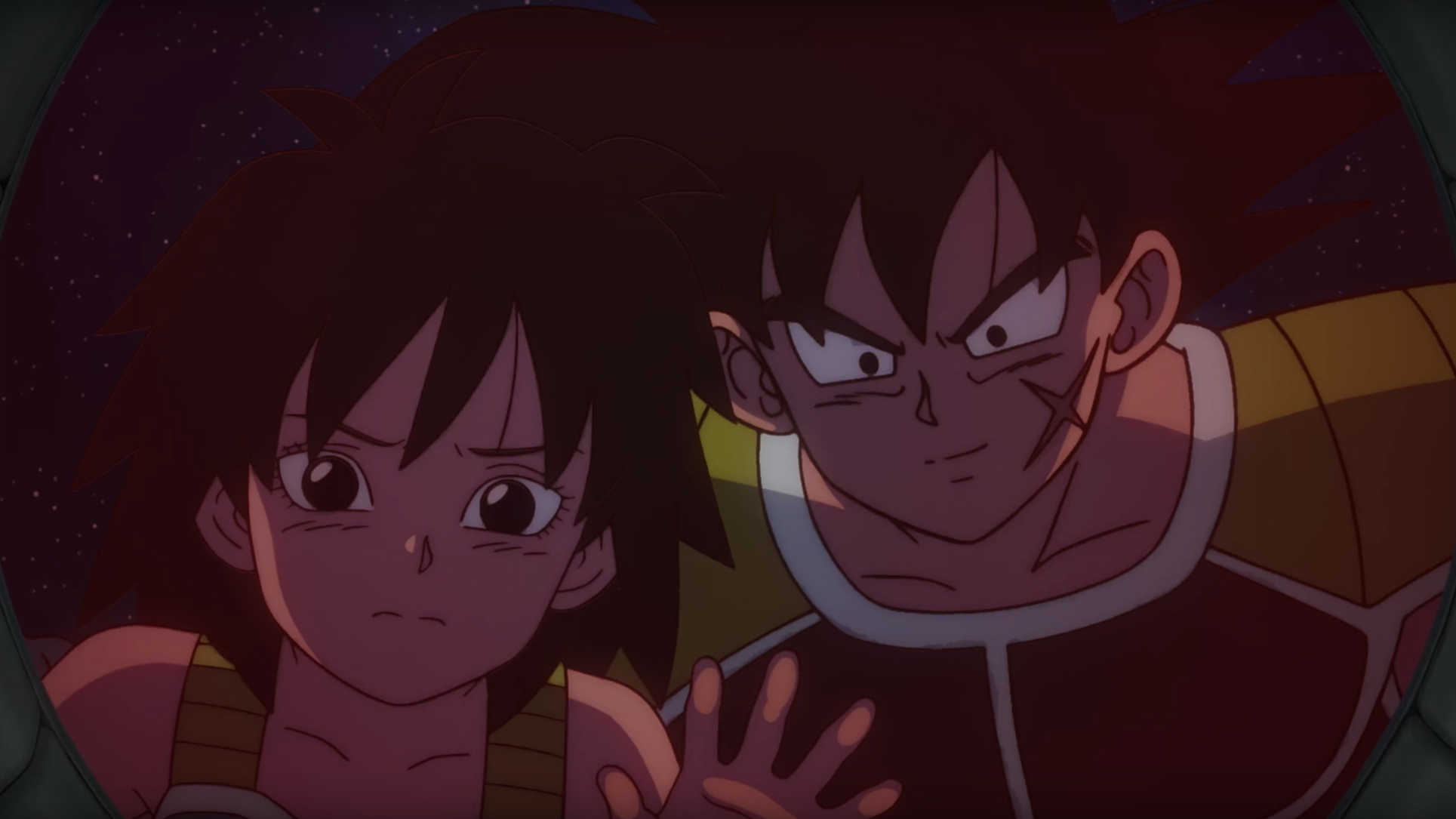
Power vs Super Power
Dragon Ball isn’t what it is without power and transformations, and this movie is no exception. The film has a lot of transformations for almost every form shown in the series. Broly’s power is unique. His source of power is based on latent abilities, only to be exposed by emotions, due to his innocence. There was another character based on Broly in the Dragon Ball Super series named Kale. Like Broly, Kale was quiet and innocent. However, her power began to be uncontrollable when she let her emotions get the best of her.
The writers of the movie borrowed from Kale’s character. Along with the past Broly films, to create a new personality for Broly. In the previous stories, he was controlled by his father and was overly powerful. In this version, it is more defined and built properly, resulting in one of the better Broly films.
Battles start off great, but over time, they begin to feel repetitive. Goku and Vegeta slowly build up their power, but each time they do, they are overpowered. It’s a common formula in Dragon Ball. With so many forms available at their disposal, the film purposely made time to show off a few of them. For example, Vegeta’s Super Saiyan God form, which has never been seen animated. The scene transitions to characters and their dialogue do help with the battle-viewing fatigue but that can only last for so long. You can say that half the movie is fighting, a quarter of it is backstory, and the rest is present story development.
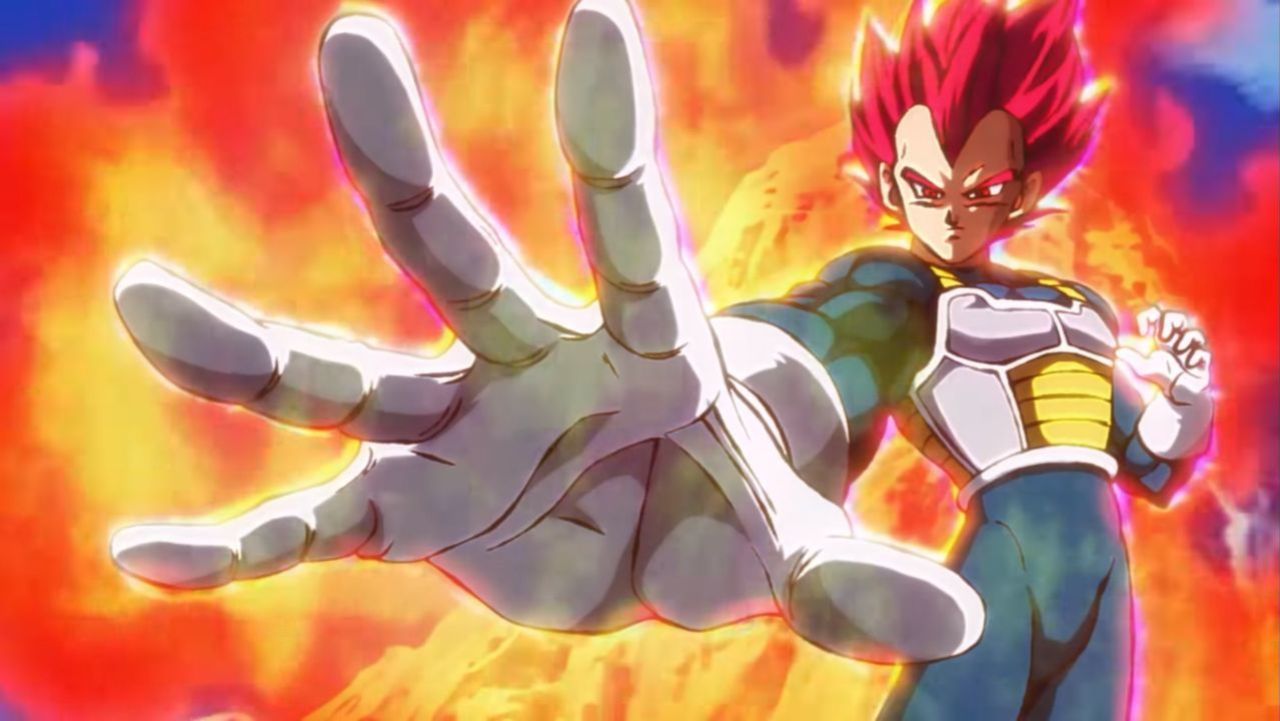
Unique Styles
The animation and character designs have changed compared to previous films. Instead of the edgy, plastic-style animation that’s seen in the Dragon Ball Super series, the animation uses a loose, exaggerated art style that actually makes the film enjoyable. Some may recognize the artwork from other anime movies such as One Piece Film: Z, which had many of its staff work on the new Dragon Ball movie. Naohiro Shintani, the animation supervisor and character designer, laid the groundwork for the designs, which give the movie a nostalgic look and feel like they are from early Dragon Ball and Dragon Ball Z illustrations.
However, not all of the fighting scenes are done in this fluid animation style. Starting with Goku’s battle in his Super Saiyan Blue form, battles turn into 3D renders. This isn’t the first time the Dragon Ball films used 3D. The last two films started incorporating it, but each film used it more than the previous one. The 3D rendered scenes aren’t terrible, but sticking with the fluid animation instead would have made the film more like the original Dragon Ball Z animation.

Regardless of 3D usage, the film’s storyboard has resulted in some impressive shots. From the first battle between Vegeta and Broly, the character transformations, and Goku’s martial art stances, there’s nothing not to like. On Vegeta’s first transformed, the design and animated shots were stunning. It was if I was watching the character power-up for the first time. It’s also worth noting that seeing Vegeta go into Super Saiyan God form was also fun.
Many fans have reacted positively to the new design approach. However, some haven’t been on board with the animation, but with a shift in the animation team, you just can’t please everyone. Even though the film looked impressive with its unique angled shots and transitions, there were a couple scenes that stood out where things did look a bit off: Goku showing off a finger count with his hand and Vegeta making a pose, for example. Aside from that, the film is still fun and enjoyable and shouldn’t be missed.
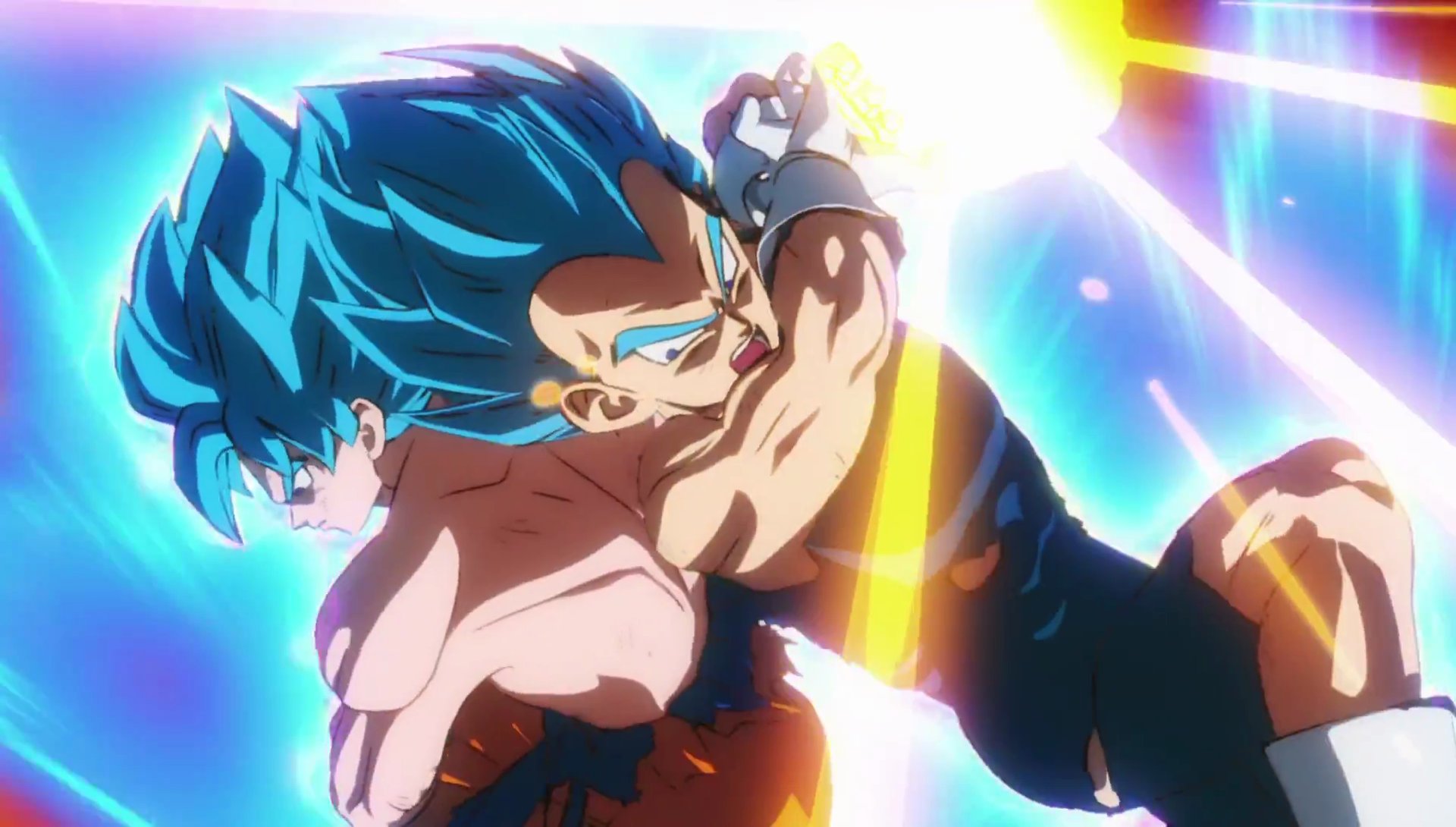
Unfinished Business
The closure of the movie was a brilliant move by the team over at Toei Animation, story writer Akira Toriyama, and the Dragon Ball Super illustrator Toyotarou as they could potentially use Broly in additional roles outside the film. For fans who want more, this version of Broly is already available in the Dragon Ball Xenoverse 2 and Dragon Ball FighterZ video games.
Final Transformation
Out of the 20 Dragon Ball films, Dragon Ball Super: Broly has the most character-developed stories, a unique animation style, and a splash of comic relief. Fans will grow attached to Broly and hopefully see more of him in the future. The problem is, how will the creators top this film? Look forward to seeing how Toei Animation and company answer that in the inevitable next movie in the franchise.



